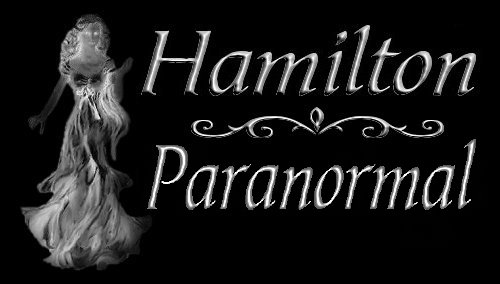  For over a century the Hamilton Insane Asylum has stood as a monument overlooking the city's west-end neighborhoods that housed the insane.The asylum is perched close to the edge of the escarpment, as seen in the photo above. It represented a very unsettling landmark for many Hamiltonians over the years.  And sometimes the night winds would carry down cries that were not the voices of song birds,nor a breeze in the pines. They were wild, weird cries, and they would freeze the marrow in one's bones, that would deepen the well of thankfulness in the heart. Believing that the asylum was a "great tomb of happiness and hopes" and "The hiding place of defeat". As one tries to imagine entering the grounds and feeling those who went into the tomb with their burden of disease of mind and body, the weight of imaginary cruelty from those who best loved them, and the knowledge that this was to be their home, the morning light to awaken them would fall through barred windows, and a great world below was almost entirely shut out. It could only come imperfectly-the feeling of despair and injustice, yet reaching towards the real awfulness blanches the cheek and labours the breathing as one stands by listening to the cries of the night winds coming from the asylum. George Brady The vacant eyes just stare The walls hide the misery From a world that doesn't care The agony of loneliness The days all seem the same Tortured souls seem restless Aching to hear their name The walls slowly crumble Secrets entombed within With trembling limbs they wait there Waiting for kith and kin Relatives long gone Who will never arrive Never really knowing None are still alive The sadness and regret The pain and misery This hollow empty feeling Is all that came to be The building now stands empty Memory fills room and hall But time has a way Of dimming them all No longer do human feet Walk the dingy tiles The wallpaper is peeling Falling down in piles The doors are all boarded The windows sealed so tight Holding back the agony The cries that fill the night © Cathy Brady 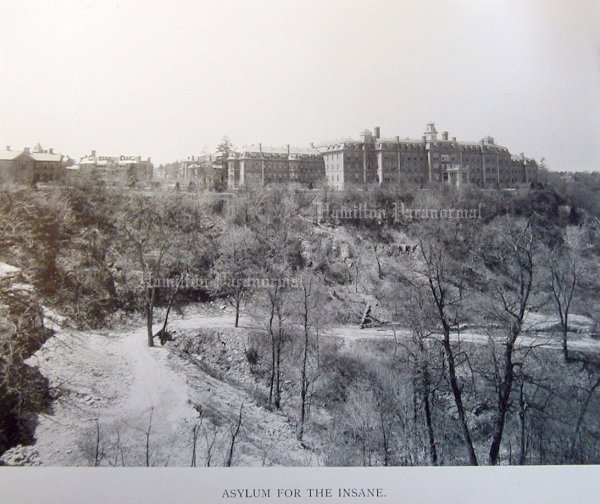 The Hamilton Asylum for the insane opened it's doors on March 17th/1876, when 10 men and 20 women were transferred from the Toronto asylum. Originally the Hamilton Asylum was intended to be a hospital for the accommodation and treatment of alcoholics. Where the hospital sits, even today, sits on one hundred acres of land that was purchased for the Inebriate Asylum back in 1873. Back in this time it was considered to be an excellent choice to have such a hospital that would be on the Mountain brow, overlooking west Hamilton. 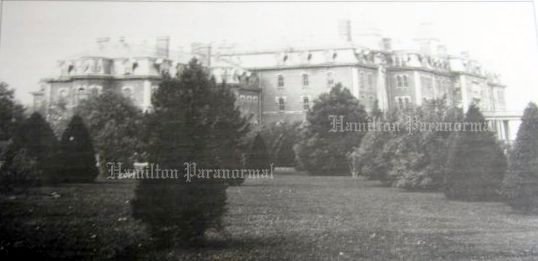 The site was in the presence of a large city which could supply all the needs of the institution. Another reason why the Hamilton Asylum came to be here in Hamilton was due to the fact of the climate was the mildest in Canada. The first asylum buildings were nearly completed when the provincial goverment decided that there was a greater need for accommodation of those deemed to be "insane" , inspite of the efforts of the temperance advocates came to nought with the switch in roles of the institution. By the 17th anniversary of the institution 49 of the 211 patients admitted in the asylum's first year of operation were still there. In the early years of the asylum there happened to be more farmers wives in the hospital than that of the women of the city. This could have been because there would have been more farming families than that of city families back in this time period. The hospital would have some of the women sew, while some would stitch carpet rags together. Some would be knitting, a large number would read, while some would just sit listessly in their arm chairs. Some lay on couches, many would jabber unmeaningly, some laughed, and others drowsed or were silent, gazing with pitifully vacant eyes in space. In the first few years the asylum had opened their doors it was not unusual for folks to come by on a Sunday summer afternoon to taunt the patients that were out for some fresh air. Frustrated attendants had to get the patients back inside, for some folks that came up to tease the patients would dare them to do things or they would throw things at the patients. There was also a big steam whistle that was attached to the asylum that would blow, warning local residents that a lunatic had escaped from the asylum. Mothers would scoop up their children and rush them inside the house and bolt the doors and windows. Back in those days whoever the person was who was responsible for the patient that escaped would be fired on the spot. The hospital was totally independant and self sufficient. It had its own farm and blacksmith shop for shoeing the horses. The hospital also had its own bowling alley and supplied the patients with many things to do with arts and crafts. The furniture that patients would use, such as chairs and beds, were made so heavy that the patients could not pick them up and toss them around. Also the hospital had its own operating room and if a patient came in pregnant they would have their baby there and could keep it up to six weeks, then the baby would be given to family members to raise the child. Common practices of treatment for patients in the early years involved some harsh treatments. There was one called the salt rub stimulation technique. This would involve a patient's extremities being rubbed vigorously with a cold cloth spread with salt. Spirit lamps would be used to heat morphine injections in a spoon - paraphenalia not unlike present day street junkie fare. Then there was Pub Therapy. This was when the patient was given a large dose of booze to calm them. 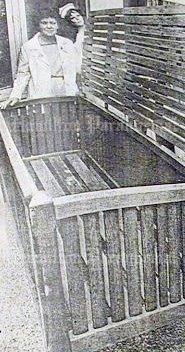 One of the reminders of how far we have come from those early years of psychiatry was use of the Utica Crib. When a patient became violent or hysterical they would be put into a coffin like box of solid oak slates, lined only with straw. The Utica Crib as it was called, would trap a hysterical patient in a reclining position with only a foot of air space between the patient and the locked lid. The patient would have a tormented look while struggling and screaming to get out of the crib.  Pictured above is a display of some of the things gathered that were used, such as handcuffs that were used to transport patients outside of the hospital, dry pack 8 inch safety pins (some of which were swallowed by patients that escaped from them and were trying to hide the evidence), cards that patients used to play uchre, and a cribbage board. Dry Packs were sometimes used to restrain a patient. This proceedure would involve being wrapped four or five times with thick blankets with large pins fastening them snugly to the patient so they could not hardly move to prevent injury to themselves. Wet Packs were also used in restaining patients where the blankets would be soaked and wrapped around the patient in the same manner as the dry packs method.. Some patients would sometimes struggle and get out of the pack and hide the pins on their person only to swallow the pins at a later time. The pins that were used to fasten the blankets were 8 inches long and one had to wonder how a patient could swallow such a large pin. The hospital also used Electro Shock Therapy Machines on patients for controlling them for disorientation therapy. Surgical methods were used to help patients in the early years were that of Lobotomies. This was a surgical operation in which a lobe of the brain especially. the frontal lobe of the cerebrum is cut into or across in the treatment of certain psychoses. Another surgical method that was used were craniotomies. That was a surgical operation of opening the skull for brain operations... These were the methods used to strive for better mental health care in the early years of the hospital. Today in chemical treatments and modern proceedures to deal with the patients that have an inbalanced mind set can be treated with hope to return to a better life style...... 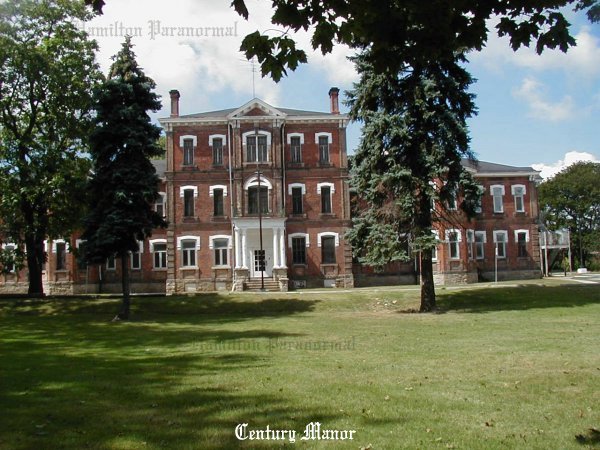 Back in the early 80's the building called Century Manor had become a museum, opened to the public. Within the building artifacts were on display of the early years of how patients were treated for their diseases of the mind. In the museum there were plenty of artifacts to be seen, from very old wheelchairs dated back from the late 1800s, a display case with handcuffs, pins, cards etc. Some brain samples that were still preserved in a jar, a cage that was noted as the squirrel cage where some patients went into it because they would just walk around in circles. Old bath tubs and showers where patients used to be dunked in cold water, a machine that looks like a record player only to be found that it was really a Electro Shock Therapy Machine. Some of the surgical tools that were used back in the 1800s, the Utica Crib that had a manikin that showed how the patient would have been locked up in the crib as a means to be restrained. 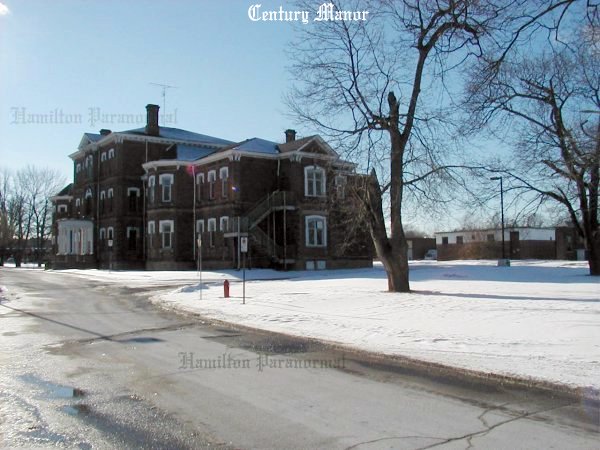 Today the museum is closed to the public and the building known as Century Manor is not in use.The building is one of the last out buildings to stand from the 1800s. There is no electricity going to the building. (According to the hospital staff we spoke to.) It is our sincere hope that the city will not tear down this building to make room for progress. 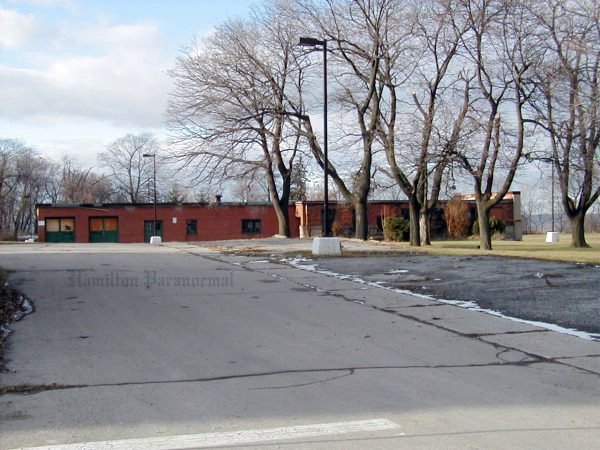 Pictured above is the old Barton Building that used to be the laundry facility, then it was used for the art and crafts for some of the patients. The building now is used for storage. 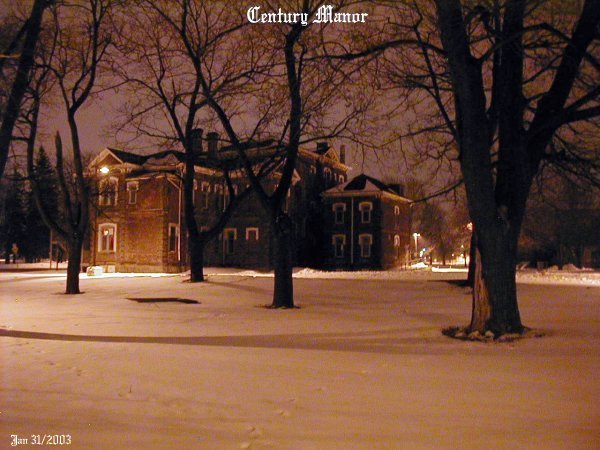 Century Manor 2 Century Manor 3 
   |